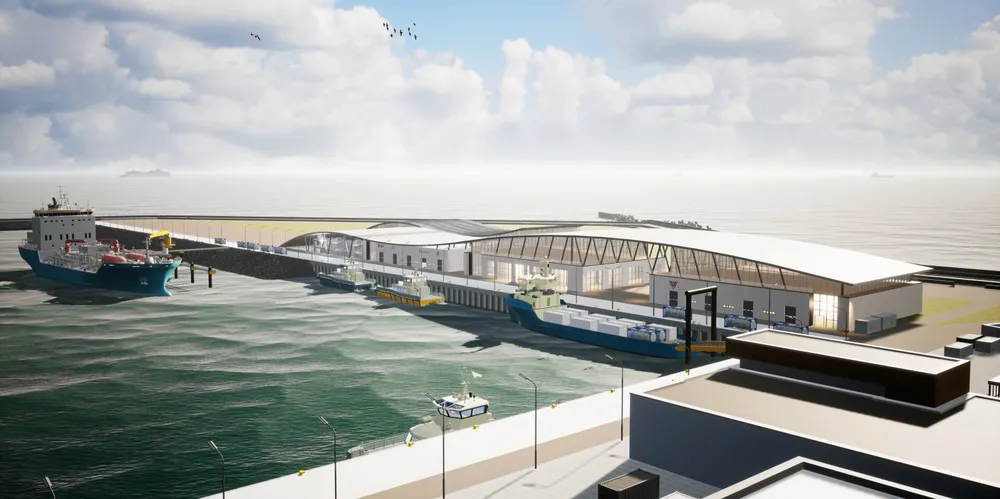Hydrogen hubs to boost sector with highest concentration in Europe: Fitch Solutions
Projects driven by private sector but public support acts as accelerator, analysts say in report

Projects driven by private sector but public support acts as accelerator, analysts say in report
